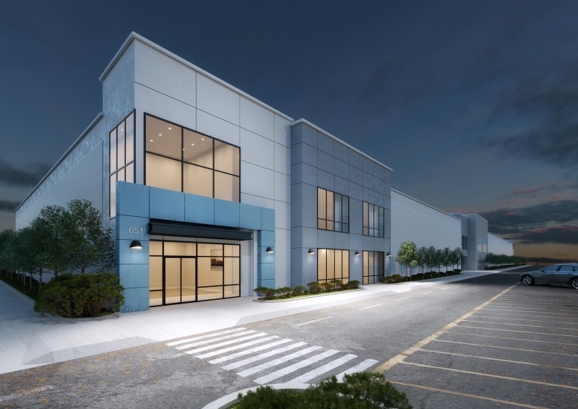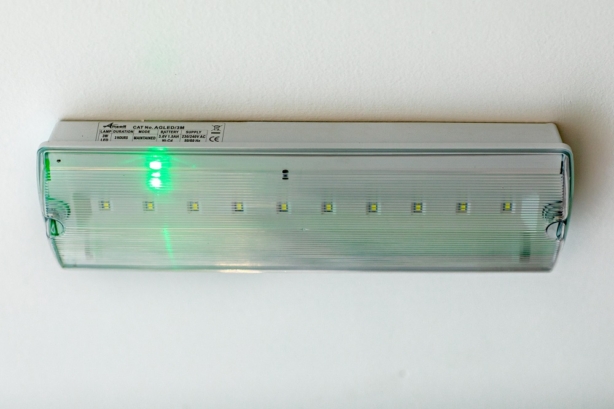
We are a leading manufacturer of quality internal and external lighting products for commercial, industrial and retail applications.
View all productsAt Ansell Lighting we design and manufacture an extensive range of luminaires for a diverse number of sectors and applications. Whatever the shape, purpose or style of your space, we have a lighting solution.
View all sectors & applicationsWe are a leading manufacturer of quality internal and external lighting products for commercial, industrial and retail applications.
Welcome to Ansell lightingWe are here to answer any questions you may have, help you find a stockist or speak to a local member of our team.
OCTO delivers the complete smart lighting package to transform the efficiency and ambience of commercial and residential spaces.
Find information regarding our product warranty, product data downloads and FAQs regarding lighting and technical terms. Here you will find support with training CPDs as well as useful lighting design and LED strip calculators.
Battery technology for emergency lighting

It is generally accepted that one of the greatest discoveries which has provided a significant positive impact for the world’s population is that of electricity and it has been in general use since around the middle of the nineteenth century but was discovered many years before.
Batteries are ubiquitous in that they are in use everywhere, providing power to all sorts of equipment from small items such as mobile phones and laptops right up to larger items such as cars and vans.
The term ‘battery’ which comes from military connotations, referring to weapons operating together, and is used to describe a chemical device two or more cells which has the ability to store chemical energy, which is converted into Direct Current and whilst everyone calls this a ‘battery’, its correct term is in fact a ‘cell’. The range of batteries available today is nearly infinite from a primary battery placed inside a watch, right up to massive secondary batteries of Megawatt size used for energy storage to supply towns and cities when required.
There are basically two different types of batteries, and these can be classified as being either a Primary Battery, which means it is not rechargeable and is considered to be a ‘use it and bin it’ (but re-cycled, of course,) type product and batteries of this type are used for electrical equipment, such as watches, clocks and children’s toys, or being a Secondary Battery, which means it is rechargeable falling into two areas of operation. Firstly, those operating as a charge/discharge battery for items such as a mobile phone or a laptop or secondly, as a battery which receives a charge, and then supplying power when required, such as in electric vehicles. This second type is used for emergency lighting, where the battery receives a constant charge, always ready and available to supply power upon the failure of the mains electrical system within a building, by providing the required power through discharge.
Modern batteries are manufactured using a range of different chemicals, which for primary batteries tends to be mainly Alkaline, Zinc/Carbon and latterly Lithium, which are ‘dry cells’ in that they allow the flow of current by using a moist paste electrolyte. For secondary batteries, this started with the introduction of the technology for Lead Acid cells at a time when all other batteries were of the primary type. Lead Acid batteries are ‘wet cells’ as they contain a liquid electrolyte and these are available in different formats from the very small of 1Ah right up to 12,000Ah, with the most common type being automotive car batteries, often referred to as SLI Batteries (Starting/Lights/Ignition). For emergency lighting, this technology has been used for energy storage centrally within buildings, at a range of different voltages, providing power to operate Central Battery Systems when required.
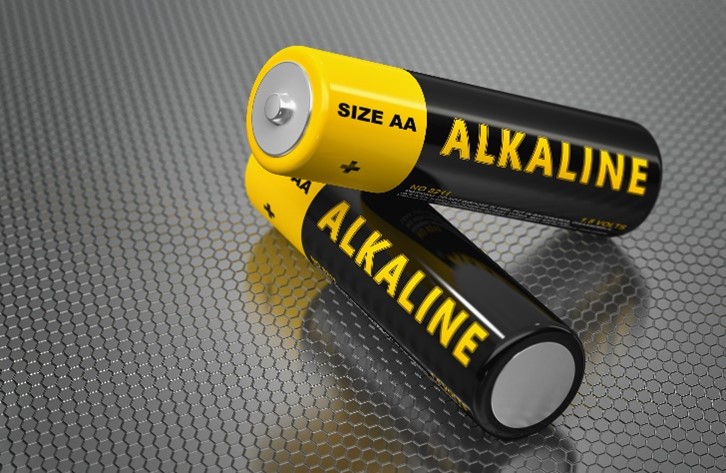
Developments in battery technology was followed by Nickel-Cadmium batteries, and more recently, Nickel Metal Hydride and then even more recently, Lithium Ion batteries have emerged, with them becoming the preferred solution. Battery cells tend to generate voltage in the range from minimal voltage through to approximately 3-4 Volts with larger voltages and greater current supplies being achieved through the installation of multiple cells. Those cells installed in a parallel circuit increase the current from the collective cells, whereas those installed in a series circuit increase the voltage from the collective cells, thus offering both solutions of increased current and increased voltage.
NICKEL CADMIUM = Ni-Cd (Ni-Cad) – This is one of the oldest technologies for battery types and the benefits of these types of batteries is that they are very reliable, can be subjected to high discharge rates at a wide range of temperatures and have both a long shelf life and operating life. These batteries use Nickel Oxyhydroxide (NiOOH) as the Cathode and the metal Cadmium (Cd) as the anode, giving a voltage of around 1.2Volts. The advantage of these Ni-Cd batteries is that they have the capability of high rate charge and discharge and they can operate within a wide temperature range, whilst the main disadvantage is that of partial discharge followed by charging, where the battery will lose its ‘memory’, therefore reducing maximum charge capability over time and additionally they can be damaged through over-charging.
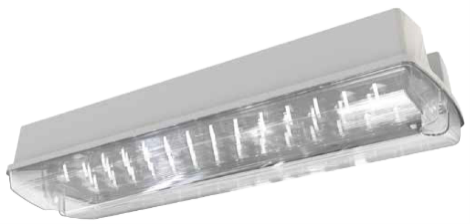 |
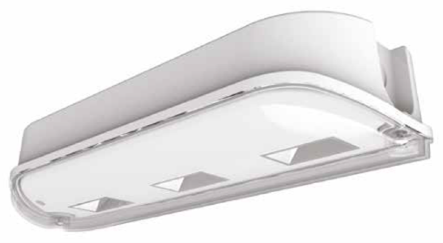 |
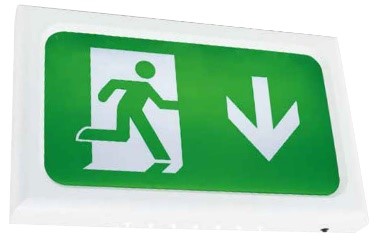 |
| GUARDIAN | OSPREY HIGH RACK | ENCORE |
NICKEL METAL HYDRIDE = Ni-MH – This is a relatively new technology using Nickel Oxyhydroxide (NiOOH) and a metal alloy, where hydrogen is stored during the charging process to form metal hydride, which is released during discharge, with an approximate 3000 cycle life expectancy. A Nickel Metal Hydride cell can have two to three times the capacity of an equivalent sized Nickel-Cadmium battery, however, it has only around 60% of the capacity compared to the lithium-ion cell of the same size. They are considered to be environmentally friendly as they contain no cadmium, mercury or lead as used in some of the older types of battery technology.

LITHIUM ION – Li-Ion – The first point to put across is that there are both Lithium and Lithium Ion batteries, where the former is a primary battery for single use and the latter a secondary battery which is rechargeable. The introduction of the technology of Lithium-Ion during the 1970’s has over recent years revolutionised the industry in that a significant number and variety of equipment use this type of battery from mobile phones and laptops through to all methods of transport. A Lithium-Ion battery consists of four components, that of the cathode which determines its capacity, the anode, which allows current to flow, the electrolyte of salts, solvents and additives and finally the separator which is the barrier keeping the contacts apart. The lithium ions move across from the negative to the positive during the discharge process and then back again when the battery is being charged. It has a life cycle of 500-1,000 cycles as the operation can become unstable when operating in higher temperature environments.
 |
||
| RAPTOR |
LITHIUM IRON PHOSPHATE – LiFePO4 – Lithium iron Phosphate batteries have been available since the mid 1990’s and can provide many benefits compared with other battery technologies, including that of Lithium batteries. Sometimes referred to as LPF or Li-phosphate, they have a longer lifespan, require no maintenance, are extremely safe even when fully charged and have a lower weight than other batteries of the same capacity. With a nominal voltage of around 3.2-3.3 Volts, they have an improved rate of charge and discharge efficiency with a cycle life of between 1000 and 10000 cycles depending on the depth of discharge and they can operate at high temperatures with minimal degradation with a charging capacity above 95% after 500 cycles and around 80% towards end of life, whilst still maintaining performance through life.
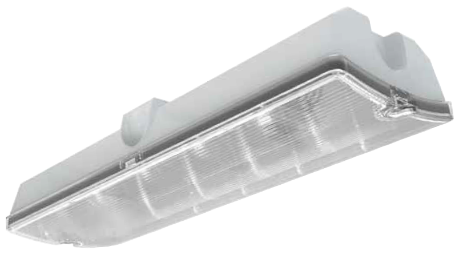 |
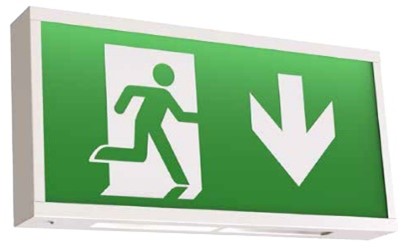 |
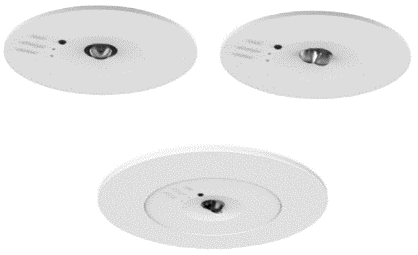 |
| MONARCH | WATCHMAN LED LITHIUM | SIGNAL PRO |
You Might Also Be Interested In...

